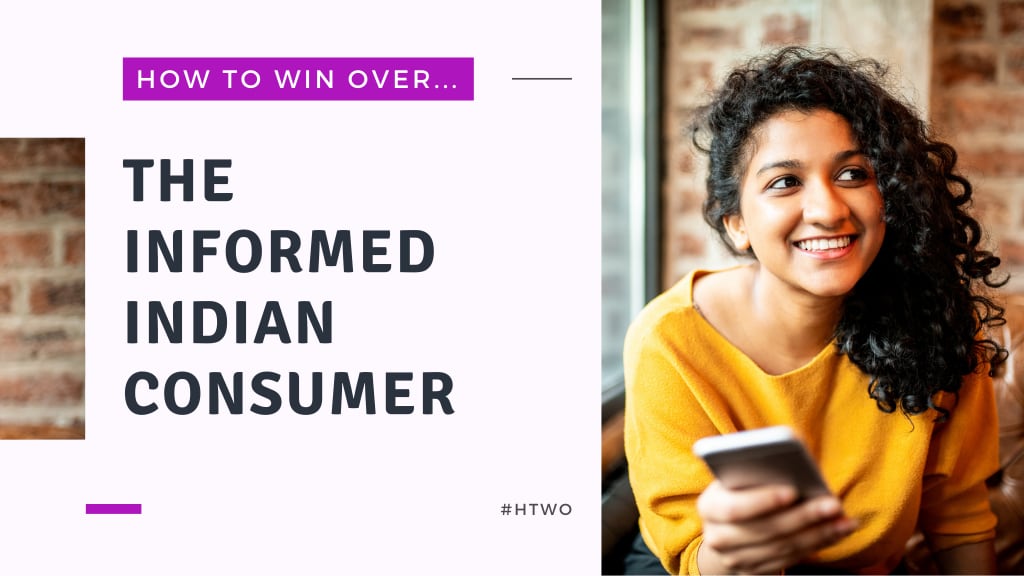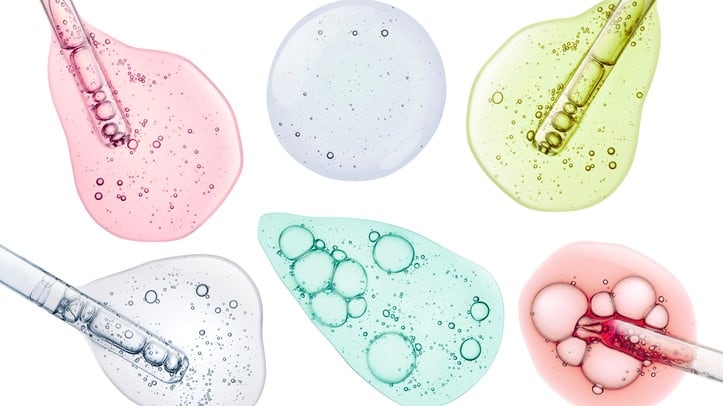1 – Something to crow about: Shiseido research show men form crow’s feet wrinkles more than 10 years earlier than women
A new study by Japanese cosmetics firm Shiseido has discovered evidence that men tend to form wrinkles at the corners of eyes more than a decade earlier than women.
In one experiment, the team measured the wrinkles at the corner of the eyes, commonly known as crow’s feet, of Japanese men and women.
The results revealed that men had larger volume of wrinkles and that they were likely more advanced in all age groups compared to women.
Men aged in their 30s all the way to their 50s, were found to have similar wrinkle distribution to women that were one generation older.
2 – Zen for your skin: Taiwanese brand Phytoflow claims to unlock benefits of meditation with natural extracts
Taiwanese cosmetics firm 3dL Inc. launches a new series of skin care products that claim to mimic the effect of meditation on the skin with natural extracts by increasing beta-endorphin release.
The company is an original design manufacturer (ODM) that owns beauty brands such as Ujelly and Horaios.
Recently, the company launched a new brand, Phytoflow, that was developed to meet what it believes to be beauty consumer interest in well-being.
“With COVID-19 still looming around the globe, uncertainty and anxiety is ever present in day-to-day life. This not only influences a person’s mental condition but skin appearance as well. We have all seen the market trends and we believe skin care products related to destressing and well-being are the future even in the post-pandemic era,” said Timmy Pan, international product development leader at 3dL Inc.
3 – Would ewe believe it? Tasmanian dairy develops skin care range from unwanted sheep’s milk
A family-owned dairy has ventured into cosmetics in bid to transform unwanted sheep’s milk into a range of luxurious sheep’s milk skin care products.
Ewecare is the latest addition to the family’s operations, which already included Grandvewe Cheeses and Hartshorn Distillery, which produces an award-winning vodka using sheep's whey.
The businesses are run by Diana Rae and her children Nicole Gilliver and Ryan Hartshorn.
The family conceived of Ewecare to utilise milk that was unfit to be made into cheese and would otherwise have been disposed of.
4 – Evolving tech: Shiseido to expand capabilities of Second Skin to target nasolabial lines
Japanese cosmetics company Shiseido is to extend the capabilities of its Second Skin technology for use on the nasolabial lines – or smile lines – to prevent ‘sagging cheeks’.
Shiseido acquired the Second skin technology in 2018 through the takeover of Olivo Laboratories, a US-based start-up that created the patented XPL Second Skin tech, a breathable, flexible, and nearly invisible artificial skin.
After its acquisition, the cosmetics company spent three years readying the technology for commercialisation, testing the product on around 4,000 people in the US and Japan.
The company first applied the technology to use on the area to diminish undereye bags instantly without the use of make-up.
5 – Predicting hair loss: L’Oréal files patent on alopecia prognosis, diagnosis and treatment
International beauty major L’Oréal has developed a method to identify the molecular signature of a person’s scalp in a common alopecic state, enabling prognosis and diagnosis, along with the development of efficacious cosmetic treatments for such hair loss.
Writing in its international patent, L’Oréal said it had developed a method for the in vitro prognosis and/or diagnosis of a “common alopecic state of the scalp” by measuring the expression level of very specific genes* involved in the intercellular junctions of the scalp and/or hair follicle.
It also outlined an in vitro method to evaluate the efficacy of treating a common alopecic state, including testing cosmetic treatments like hair lotions, gels, shampoos and conditioners made using gene modulators and certain active compounds.
*Genes identified by L’Oréal: CDH1, ACTB, ACTBL2, TUBB, TUBB2A, GSN, MY03B, MY05B, MY06, DSG2, DSG3, DSG4, DSC2, GJB2, GJA1, GJB6, GJA3, TJP2, CLDN8, CLDN10, CLDN19, and optionally CTNNB1 and CTNND2





